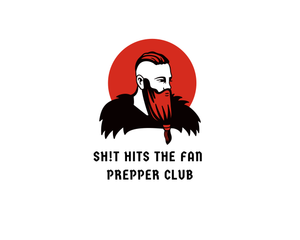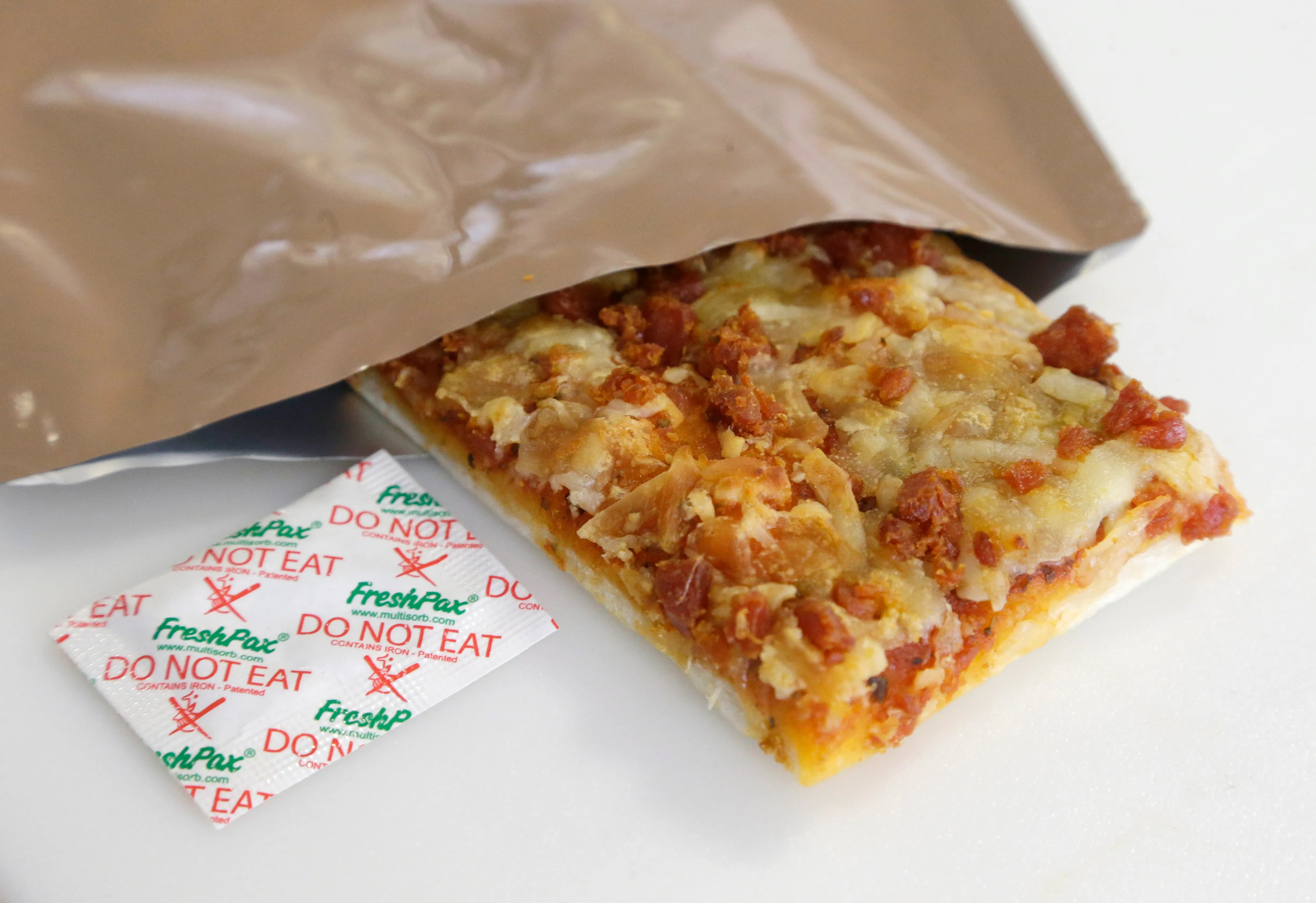Meals Ready to Eat (MREs) are a staple provision for military personnel, emergency preppers, and outdoor enthusiasts alike due to their convenience and long shelf life. An MRE can last for several years under the right conditions, making them an optimal choice for situations where fresh food is not an option. However, the actual shelf life of an MRE can vary greatly depending on a number of factors such as storage temperature and the packaging integrity.
To ensure you receive the nutritional benefits and taste expected from your MREs, it's essential to understand the conditions that may affect their durability. Proper storage practices are critical; keeping MREs in a cool, dry place away from direct sunlight can substantially extend their usability. Additionally, regularly inspecting your stock and understanding the date codes printed on MRE packages will guide you in determining their quality and edibility over time. By implementing a strategic rotation and consumption approach, you can consume MREs at their peak condition and replenish your stock with fresher options.
Key Takeaways
- MRE longevity is influenced by storage conditions and packaging quality.
- Regular inspection and comprehension of date codes ensure optimal MRE quality.
- Strategic consumption and stock rotation enhance MRE shelf life.
Understanding MRE Shelf Life
When storing Meals, Ready-to-Eat (MREs) for emergency situations or outdoor activities, knowing the expected shelf life is crucial for maintaining their safety and nutritional value.
Definition of MREs
MREs are self-contained, individual field rations designed to sustain you during combat or other scenarios where food facilities are unavailable. They typically include an entrée, side dish, dessert, bread, spread, beverage, and utensils, all sealed within a rugged, tamper-proof package.
Factors Affecting Shelf Life
Several key factors govern the shelf life of an MRE:
- Storage Temperature: A lower temperature can significantly extend an MRE's shelf life.
- Packaging Integrity: MREs with compromised packaging due to punctures or tears have a reduced shelf life.
- Preservatives Used: The types and amounts of preservatives can affect how long an MRE remains safe and palatable.
Shelf Life Variations by Brand
Different brands of MREs might boast varying shelf lives; this is due to distinctions in packaging technology, preservative types, and food processing methods. It is essential to check the manufacturer's information for the most accurate shelf-life estimation.
Proper Storage Practices
Proper storage is essential to maximize the shelf life of Meals, Ready-to-Eat (MREs). By controlling temperature, limiting moisture and oxygen exposure, and protecting against light, you can significantly extend the durability of your MREs.
Temperature Control
Temperature is critical in preserving MREs. You should store your MREs at a constant temperature of 60°F (15°C) or below whenever possible. This can significantly extend their shelf life up to five years. Avoid fluctuations, as these can accelerate the degradation of food quality.
Moisture and Oxygen Exposure
To safeguard against moisture and oxygen, which can lead to spoilage and bacterial growth, keep your MREs in airtight containers. If the original packaging is compromised, consider resealing with a vacuum sealer or storing in heavy-duty zip-top bags.
Light and UV Protection
Shield your MREs from light, especially direct sunlight, which can degrade the packaging and content quality over time. Store them in a dark and opaque container or place to prevent exposure to UV light, further ensuring the preservation of the nutritional value and taste of the meals.
Inspecting MREs for Quality
When inspecting MREs (Meals, Ready-to-Eat) for quality assurance, it's essential to evaluate the packaging integrity, conduct a thorough visual and sensory assessment, and understand the difference between best-by and inspection dates. These checks help ensure that the MREs you rely on for sustenance in various conditions are safe and nutritionally sound.
Packaging Integrity
Your first step in assessing an MRE's quality is to examine the packaging integrity. MRE pouches should be seal-tight, with no holes, tears, or punctures. An intact seal prevents exposure to air and contaminants, which can shorten the shelf life and degrade the food's quality. Here's a quick checklist:
- Seal Condition: Ensure the seal is intact with no signs of peeling or separation.
- Pouch Surface: Check for punctures, abrasions, or swelling, which could indicate a compromised integrity or internal spoilage.
Visual and Sensory Assessment
Visual and sensory assessment is crucial for determining an MRE's edibility. Once you open an MRE, look for any discoloration, mold, or unexpected texture changes. Each component should appear consistent with its expected color and texture. Odors can also be telltale signs of spoilage; a fresh MRE should not emit any off-putting smells. Trust your senses:
- Color: Uniformity is key—watch out for faded or darkened hues.
- Texture: Be wary of unusual softness or hardness.
- Odor: Any foul or unusual odors may indicate spoilage.
Best-by Date vs. Inspection Date
Understanding the difference between the best-by date and the inspection date is critical. The best-by date provides a general timeframe of when the MRE can be expected to maintain optimal taste and nutritional value, whereas the inspection date suggests when to check the quality of the MRE. Here's how to decode the dates:
- Best-by Date: Located on the package, indicating the optimal consumption period.
- Inspection Date: Often marked with a series of numbers or a date, suggesting when to inspect for potential degradation.
Extending the Shelf Life of MREs
Careful storage techniques can significantly extend the durability of Meals, Ready-to-Eat (MREs). Applying methods such as oxygen absorbers and temperature control ensures you get the most out of your MREs shelf life.
Use of Oxygen Absorbers
You can prolong the shelf life of your MREs by using oxygen absorbers. Place an oxygen absorber inside the storage box or individual packaging of the MRE. These absorbers remove the oxygen from the air around the MRE, protecting it from oxidation and bacterial growth. Make sure the absorber's capacity is appropriate for the size of the container to maximize effectiveness.
Refrigeration and Freezing
For long-term preservation, consider refrigeration or freezing your MREs. When refrigerated at temperatures below 38°F (3.3°C), MRE shelf life can be extended by several years. If you opt for freezing, ensure the MRE contents are freezable and that the packaging integrity won't be compromised by low temperatures. Always thaw frozen MREs in the refrigerator to maintain safety and quality.
Rotation and Consumption Strategies
Properly rotating and inspecting your MREs (Meals, Ready-to-Eat) ensures that you maximize their shelf life and have a dependable emergency food supply. These strategies are straightforward and will help you avoid unnecessary waste.
First In, First Out Principle
First In, First Out (FIFO) is your go-to method for rotating MRE stock. Here's how it works:
- Label each MRE with the date of acquisition.
- Arrange your stock so that the oldest products are at the front.
This method ensures that you consume your MREs before they reach the end of their shelf life.
Regular Inspection Schedules
To maintain the quality of your MREs, regular inspections are essential:
- Monthly Checks: Visually inspect MRE packaging for damage or swelling.
- Detailed Semi-Annual Reviews: Open a sample MRE every six months to check for taste, texture, and smell.
By adhering to these routines, you'll be able to identify and remove compromised MREs, keeping your stock fresh.
Understanding MRE Date Codes
When handling MREs (Meals, Ready-to-Eat), it's important for you to know how to read the packaging codes. These codes help you gauge the production date, which is key to assessing their freshness and shelf life.
Deciphering Manufacturer Codes
MREs use a 4-digit Julian Date Code system that stands for the number of days that have passed since the beginning of the year. The first digit represents the last digit of the year of production, while the following three digits indicate the specific day of the year. For example, the code 8001 translates to January 1, 2018.
To read the manufacturer code:
- Locate a series of numbers and letters on the MRE package.
- Identify the first four digits; this is the Julian Date Code.
- Use the code to determine the production date.
Estimating Remaining Shelf Life
The shelf life of an MRE can vary based on storage conditions. Typically, an MRE stored at 60°F can last up to 60 months, but the same meal stored at 80°F might have a shelf life of 36 months. It's crucial that you store MREs properly to extend their usability.
To estimate remaining shelf life:
- Subtract the number of years since production from the maximum shelf life based on storage temperature.
- Remember, the hotter the storage temperature, the shorter the shelf life. Keep MREs in a cool, dry place.
Frequently Asked Questions
In this section, you'll find precise answers to common queries regarding the shelf life and storage of Meals, Ready-to-Eat (MREs).
What is the typical shelf life for an MRE stored at room temperature?
The average shelf life of an MRE stored at room temperature (around 75°F) is approximately 5 years from the date of manufacture.
How can the shelf life of an MRE be extended beyond its initial expiration date?
Proper storage conditions, specifically keeping MREs in a cool, dry place, can extend their shelf life. Avoid exposure to extreme temperatures to maintain their quality beyond the expiration date.
What indicators help determine if an MRE is still safe to consume?
Check for changes in color, texture, or odor, and inspect the packaging for any signs of damage or swelling. These can indicate that an MRE is no longer safe to eat.
What effect does freezing have on the longevity of an MRE?
Freezing an MRE can negatively affect the texture and taste of certain components, and it's not recommended as a method to extend shelf life due to potential packaging damage upon thawing.
Are MREs that are over 10 years old safe for consumption?
While MREs older than 10 years may be safe to eat if stored under optimal conditions, their nutritional quality and palatability could diminish. Always inspect them thoroughly before consumption.
What is the proper way to interpret the expiration date on an MRE package?
The expiration date on an MRE package usually follows a Julian date code system. Understand that this date is an indicator of quality rather than safety and refers to the time frame in which the contents are guaranteed to be at their best quality.

